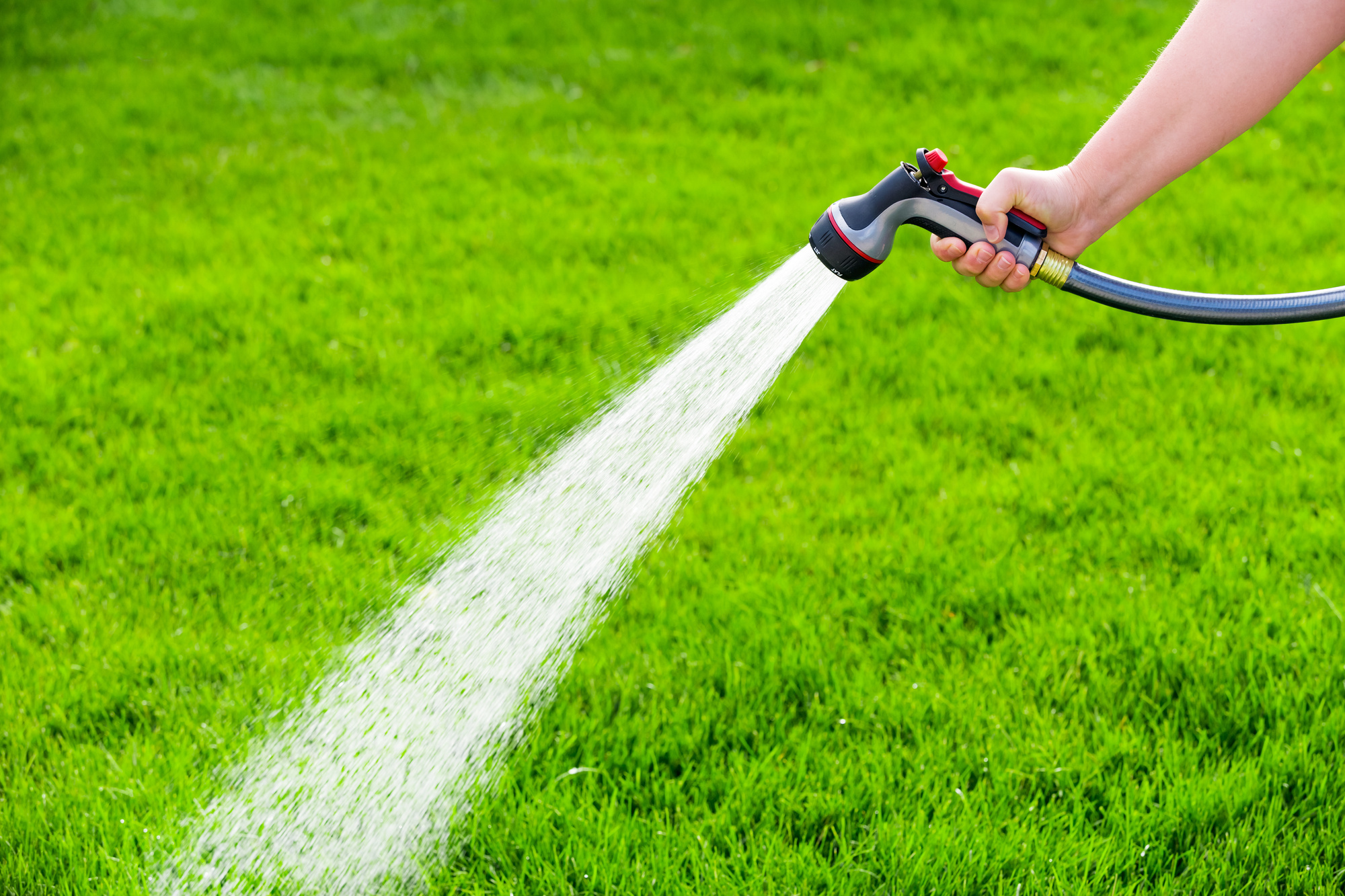Every autumn, gardeners everywhere anxiously await the arrival of cold temperatures. But with the changing of seasons comes a looming danger: frost.
If you don’t prepare your plants for the cold, you could end up with a garden full of wilted and lifeless foliage. But fear not! There are several ways to protect your plants from frost and keep them healthy all winter long.
While frost can be an unavoidable part of gardening, there are ways to protect your plants from its damaging effects.
Read on to learn tips and tricks for beating the freeze and protecting your plants in winter.
How Does Frost Damage Your Plants?
Frost occurs when temperatures dip below freezing point, usually in winter.
When the air temperature reaches 0°C (32°F), water on the surface of your plants will freeze and expand, causing cell walls to rupture and resulting in plant damage.
This means that any exposed tissue (including leaves, stems, and flowers) that is not protected from cold temperatures can be damaged or even killed by frost.
Signs of Frost Damage
If your plants are exposed to frost, you may notice signs of damage, such as
- Wilted or discoloured foliage,
- brown spots on leaves,
- and decreased growth.
These effects can range from mild to severe, depending on the temperature and duration of exposure. In some cases, the damage may be irreversible, making frost protection an essential part of successful gardening.
Protecting your plants from frost is key to keeping them healthy during winter months. Here are some expert tips for preventing frost damage:
Hydrate Your Plants Before Frost Sets In
One of the best ways to protect your plants from frost is to water them thoroughly before it hits. This will help keep their leaves hydrated and insulated against cold temperatures.
If possible, try to water your plants in the evening, so they have more time to absorb moisture and stay warm overnight.
But make sure not to overwater, as this can lead to root rot and other plant diseases.
Cover Up Your Plants
A simple way to protect your plants in winter is to cover them up with sheets, blankets, or other materials before nightfall. This will help keep them warm and insulated against cold air.
Make sure that whatever material you use is breathable so your plants can still get some light and air circulation while they’re covered up.
You should also take extra care when removing any covers in the morning; do this slowly so as to not shock your plants with sudden temperature changes. This is crucial to preventing frost damage.
Another option for protecting your plants in winter is to use fleece or heat mats. Fleece will provide extra insulation and warmth, while heat mats will help raise the temperature of the soil and keep it warm even after the sun has set.
Make sure to check on your plants frequently if you’re using either of these methods, as overheating can be just as damaging as frost.
Install Fruit Cages
Fruit cages can be a great way to shield your plants from frost damage, especially if you’re growing trees or shrubs that produce fruit or vegetables.
A fruit cage is simply a netted structure that surrounds a plant or tree and helps protect it from extreme temperatures, pests, and strong winds.
They come in many different sizes, so you should be able to find one that fits your needs perfectly!
Choose a fruit cage that is tall enough to cover the entire plant or tree, and make sure that it is secured firmly in place. This will ensure maximum protection from frost damage.
They’re great for a number of gardening scenarios, like shielding animals from vegetables or protecting fruit trees from harsh winter winds.
Mulch Your Soil
Mulching is another great way to keep your plants protected from frost damage during colder months.
Mulch acts as an insulator for soil, helping it retain heat even when temperatures dip below freezing point at night. It also helps keep weeds away and prevents soil erosion caused by heavy rains or strong winds—so it’s worth doing even if you don’t think frosts are likely this season!
Move Your Plants Indoors When Necessary
If all else fails and frosts become too frequent or intense for outdoor protection measures like covering up your plants or installing fruit cages, it may be time to consider moving them indoors temporarily until weather conditions improve again.
Moving delicate houseplants indoors during winter can help prevent damage caused by extremely cold weather—and even extend their life span by a few years!
Make sure to move them back outside when temperatures start to rise again, so they can receive plenty of fresh air and sunshine.
Can You Bring Your Plants Back After Frost Damage?
In some cases, frost-damaged plants may be able to make a full recovery with the right care and attention. But in other cases, damage can be too much for them to bounce back from
If you think your plant may have been affected by frost damage, the first step is to remove any dead or damaged leaves and stalks. This will help your plant redirect energy to healthier parts, so it can start repairing itself.
Then, make sure you’re providing plenty of water and nutrients to encourage new growth and give your plants the best chance of bouncing back from frost damage.
With some extra TLC, you may be surprised at how quickly your plants are able to recover!
Summary: Ensure Healthy Plants in Frosty Weather
Frost can be one of the most destructive forces in gardening – but with a few simple precautions, you can make sure that all of your hard work does not go unrewarded each season!
With these tips & tricks for beating the freeze in mind, you’ll soon have healthy plants thriving year-round – no matter what Mother Nature throws at you!






